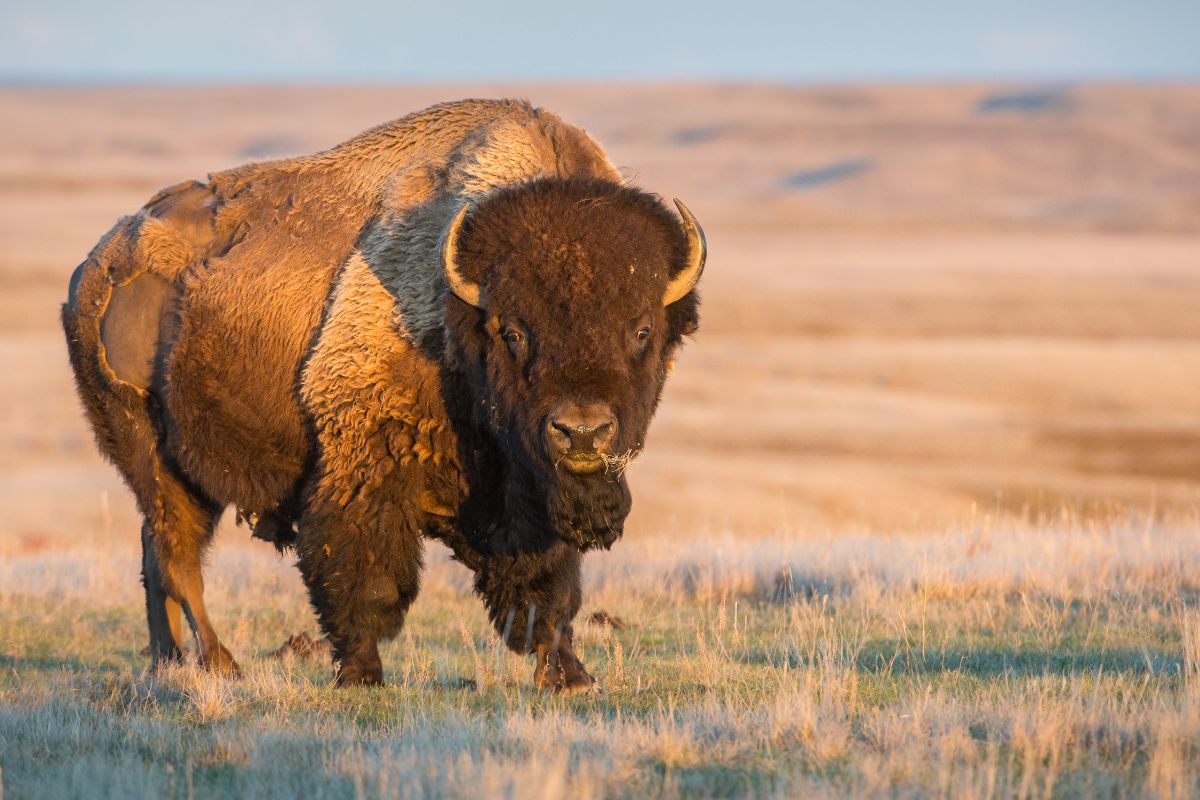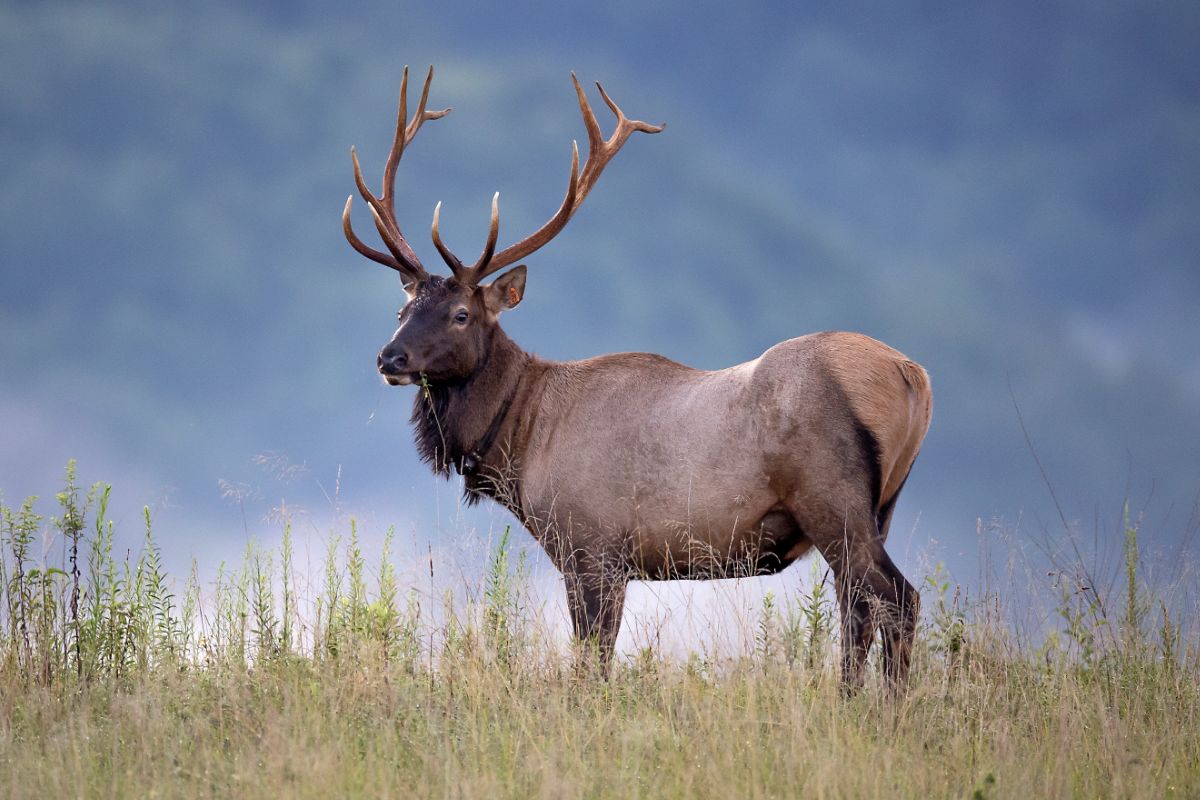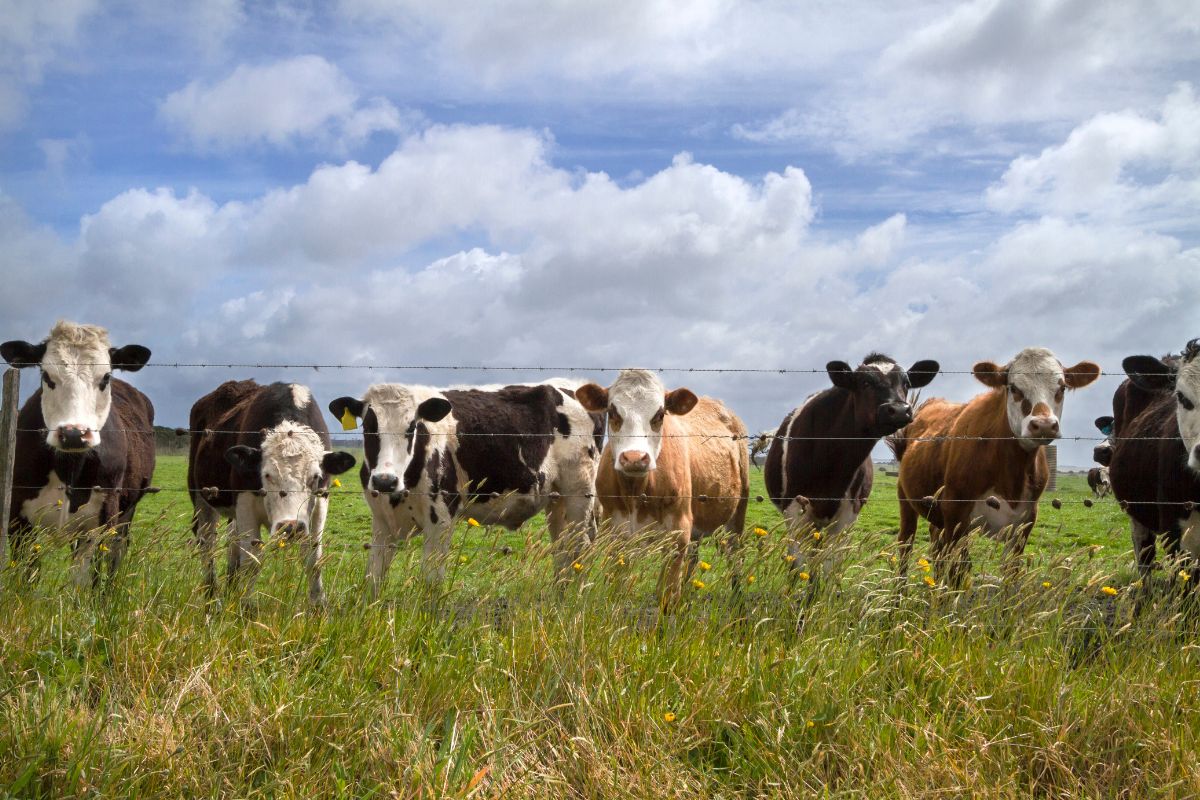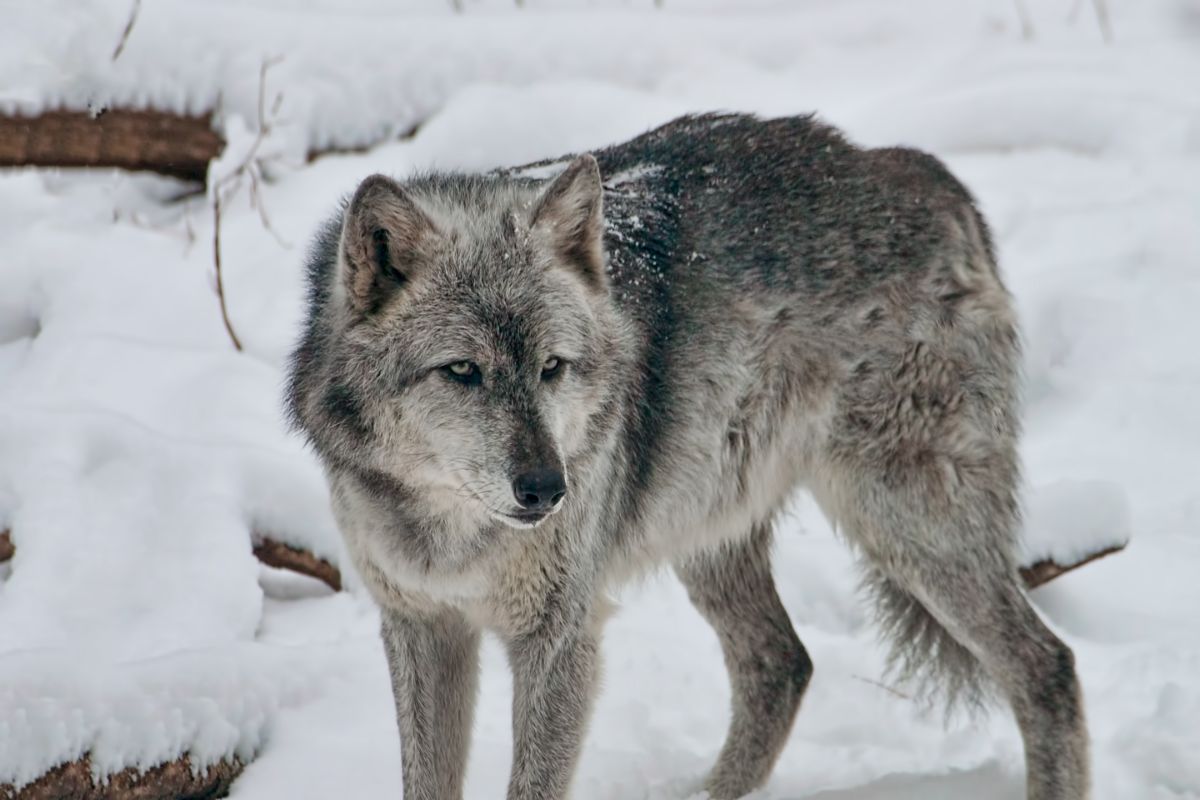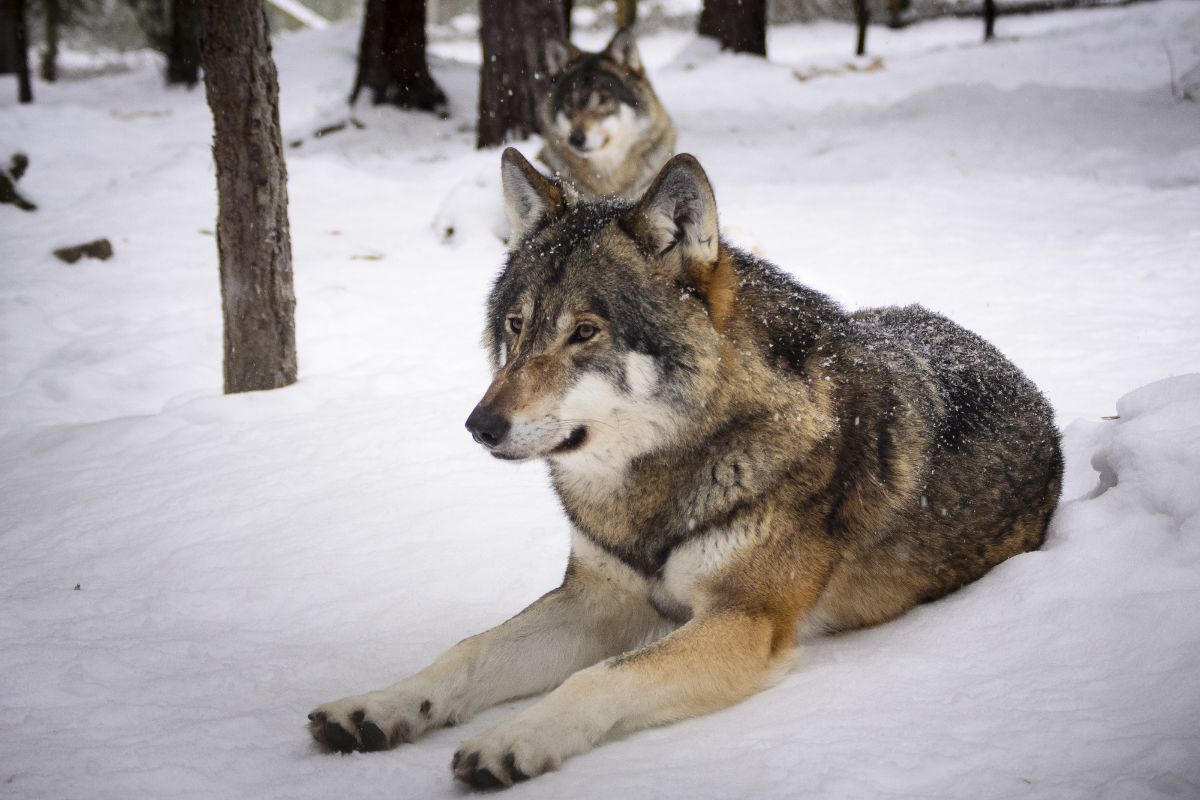Wolves are predators and are known to hunt prey such as bison, moose, elk, and deer yet will go after domestic livestock too.
The impact of a wolf when it is hunting livestock will not threaten the livestock industry as a whole yet for an individual farmer, the impact can be substantial.
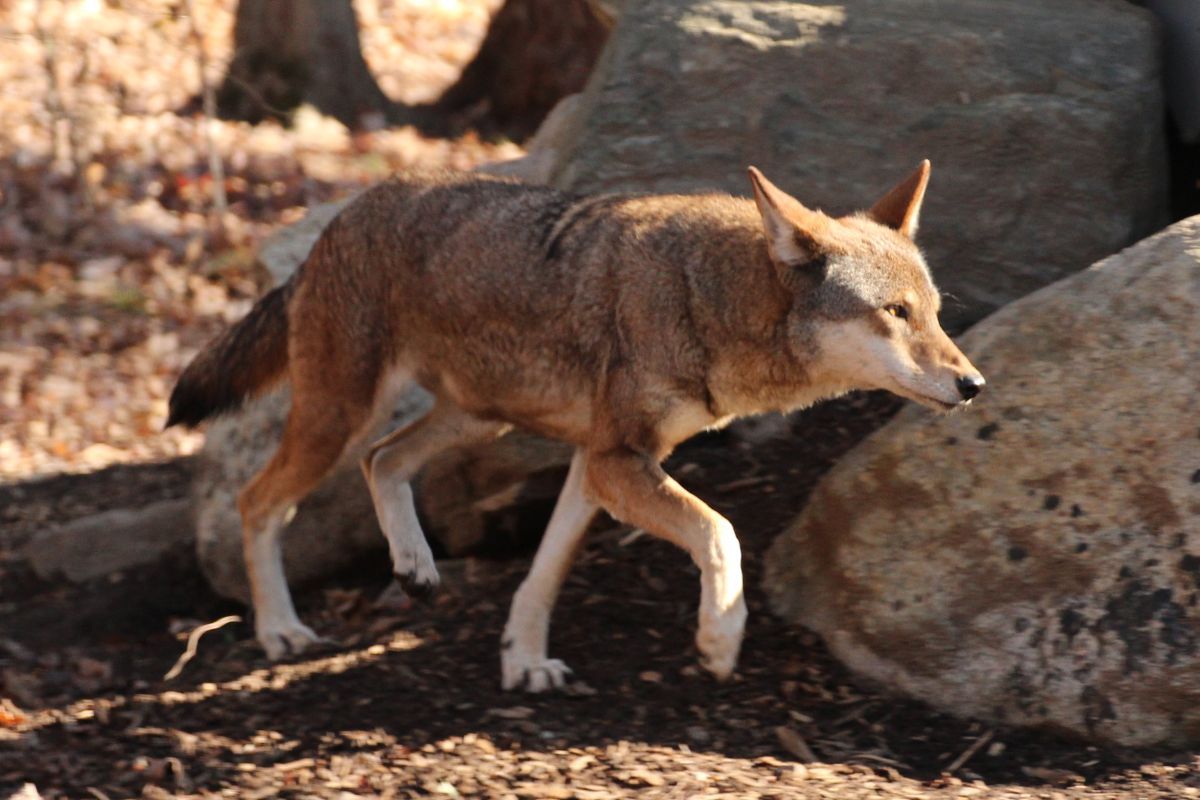
What also does not help is when a wolf will only eat a certain portion of its prey, for livestock producers a single kill can seem like a huge waste when a cow or sheep can cost so much to raise.
Livestock producers and wildlife managers have come up with several ways to prevent their livestock from clashing with wolves.
In this article, we will look at various methods to stop livestock conflict with wolves. These include removing livestock carcasses, livestock protection dogs, barriers and fladry, alarms, and inflatable tubemen.
Removing Dead Livestock/Carcasses
Wolves will go for live and freshly deceased animals, whether they be livestock or not, and will feed and even scavenge on dead carcasses.
By removing these carcasses, the attraction for wolves will be minimized and further conflict with livestock can be avoided.
This is largely down to the strong sense of smell that a wolf possesses and removing a potential feast can ward off a potential attraction to an area that is still populated by livestock.
This disposal of livestock is typically conducted in a pit that is at least eight feet deep. These pits are also enclosed in fences for the safety of those disposing of carcasses and to prevent any other scavengers.
The area around the pit also needs to be surveyed for injured, weak, or sick livestock who could prove to be easy targets.
Livestock Protection Dogs
Thankfully, wolves tend to avoid humans in their territorial nature. While humans may not be able to patrol their land, guard dogs or livestock protection dogs can be used to deter wolves.
These canines can be used with a shepherd or herder to protect confined livestock such as goats or sheep. The most notable breeds to look out for include Great Pyrenees, mastiffs, and Anatolian shepherds.
One thing to note with livestock protection dogs is that they should be kept a fair distance away from wolf den sites that are known to be active.
While the focus should be on keeping wolves away from livestock, keeping a guard dog away from protecting its pubs from a wolf is also important.
Cattle should be kept in small groups, especially on open range, as straggling cattle can be picked off by wolves. A herder or shepherd simply making themselves known on their land is also vital as human presence helps to keep wolves away.
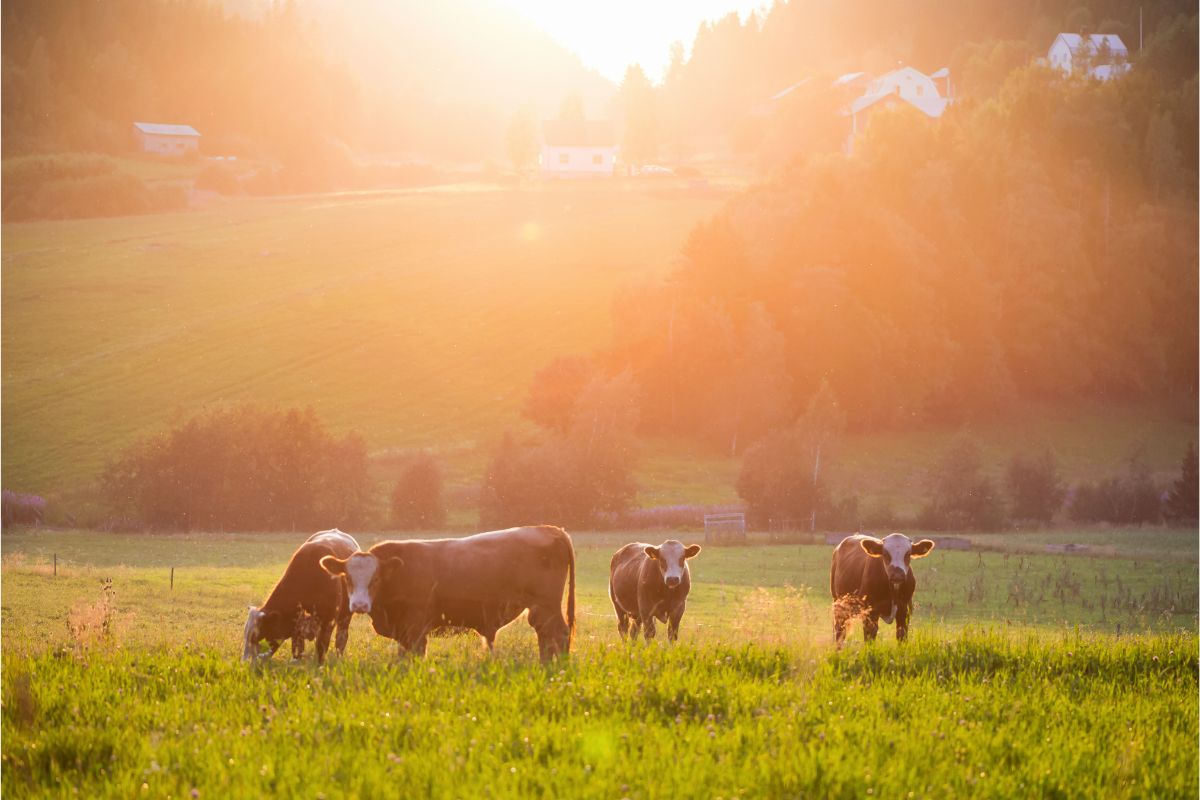
Barriers/Fencing/Fladry
If you can keep livestock behind a barrier or fence then this should deter wolves from approaching and preventing conflict.
Livestock producers readily confine their cattle and ewes to fenced areas as this allows for easy monitoring, especially during the crucial lambing and calving seasons.
This is an ideal situation during those seasons as the young should be kept in fenced areas until early June or when the lambing and calving season has finished.
Fencing can be portable or permanent though if it is used, it should be prioritized for the night time when wolves are more likely to be hunting. If there is a budget for it then electric fencing has been proven highly effective to combat wolves.
There is also fladry which is bright red or orange flags set in 18-inch intervals along the line of a fence or on a rope.
This can prove an effective, albeit temporary solution, as wolves are somewhat reluctant to cross the line yet over time they can test it. After this, fox lights are used to present more of a barrier to a curious wolf.
Alarms/Scare Devices
There are certain devices that can frighten wolves away but these should be used with caution. Such alarms and scare devices need to be used in coordination with the local departments and federal authorities.
The devices are used to alert herders and scare away wolves yet nonlethal munitions should be used with caution. These can include paintballs, rubber bullets, and propane cannons to effectively haze wolves.
Further Methods
Simply ensuring that the populations of native wild animals is well stocked and protected can mean fewer conflicts with livestock. For instance, if there are sufficient numbers of elk and deer in the area then wolves are less likely to go after livestock.
Even looking after livestock can make a difference such as keeping them disease-free and then removing the carcasses promptly.
One somewhat experimental method is to play loud rock music as a deterrent to scare off a wolf pack. Even sporadic blasts of light and motion can ward away wolves so use strobe lights and inflatable tubemen as a somewhat comical solution.
Starter pistols can be used to produce loud noises so keep them handy too.
Final Thoughts
To prevent conflict with livestock, you should opt for nonlethal deterrent methods. You do not even need to scare away wolves as you can simply dispose of carcasses promptly and use barriers to protect livestock.
If wolves do get close then pleasant solutions exist such as inflatable tubemen and fladry. Failing that, you can go more extreme with alarms and scare devices.
Frequently Asked Questions
Why May Killing Wolves Not Prove An Effective Deterrent?
Let’s say you end up killing one or a couple of wolves. That may mean that the pack breaks up and soon enough you can encounter a few breeding pairs. Over time, the pairs will produce more wolves and the wolf population will increase.
The deterrent effect only truly works when enough wolves are eliminated to counter their ability to replenish the pack via reproduction.
Should Wolves Go Extinct How Would That Affect The Wider Food Shain?
You would notice the effects if wolves went completely extinct. For one, there would be a huge effect on the food chain which would effectively crumble with an upsurge in the populations of elk, deer and moose.
With that, the food for cows and livestock in general would be in peril. Eventually the human population would suffer a dairy and beef shortage due to the lack of cattle.
- What Do Squirrels Eat? Learn About Their Diet and Winter Survival - October 14, 2024
- What Do Raccoons Eat? Discover Their Diet and Eating Habits - October 6, 2024
- What do foxes eat? - October 5, 2024

